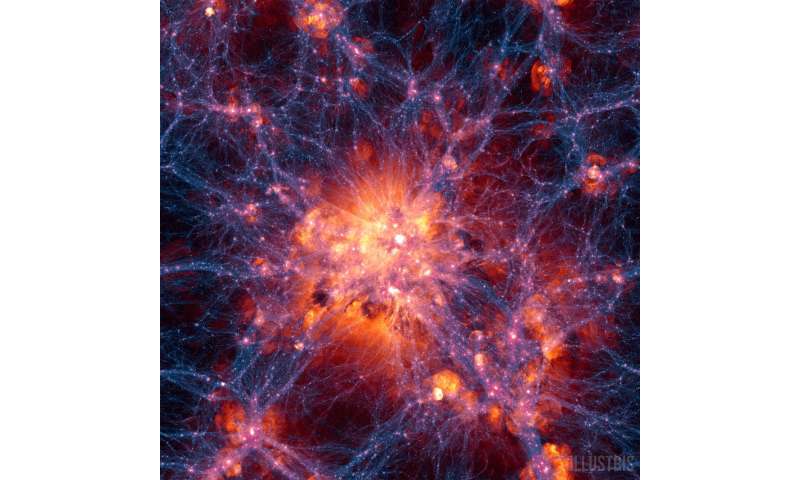by ANNA DEMMING

Optical clocks are so accurate that it would take an estimated 20 billion years—longer than the age of the universe—to lose or gain a second. Now, researchers in the U.S. led by Jun Ye’s group at the National Institute of Standards and Technology and the University of Colorado have exploited the precision and accuracy of their optical clock and the unprecedented stability of their crystalline silicon optical cavity to tighten the constraints on any possible coupling between particles and fields in the standard model of physics and the so-far elusive components of dark matter.
The existence of dark matter is indirectly evident from gravitational effects at galactic and cosmological scales, but beyond that, little is known of its nature. One of the effects that falls out of theoretical analysis of dark matter coupling to particles in the standard model of physics is a resulting oscillation in fundamental constants. Ye and collaborators figured that if their world-class metrology equipment could not detect these oscillations, then this apparently null result would be useful confirmation that the strength of dark matter interactions with particles in the standard model of physics must be even lower than dictated by the constraints so far on record.
Clocking fundamental constant values
Previous attempts to pin down direct evidence of dark matter range from laboratory experiments to huge particle collider projects, such as those at the Large Hadron Collider (LHC). Many of these efforts have looked for interactions with, for instance, weakly interacting massive particles (WIMPs), which have masses similar to a silver atom in the range of 100 GeV, or axions—a hypothesized particle intended to explain elements of particle physics, and which might fit with theories of dark matter. However, Ye and his collaborators used their optical clock and cavity devices to home in on possible interactions between dark matter and particles at the lower end of the mass spectrum far below 1 eV, which is 500,000 times smaller than the mass of an electron at rest.
Physics for more